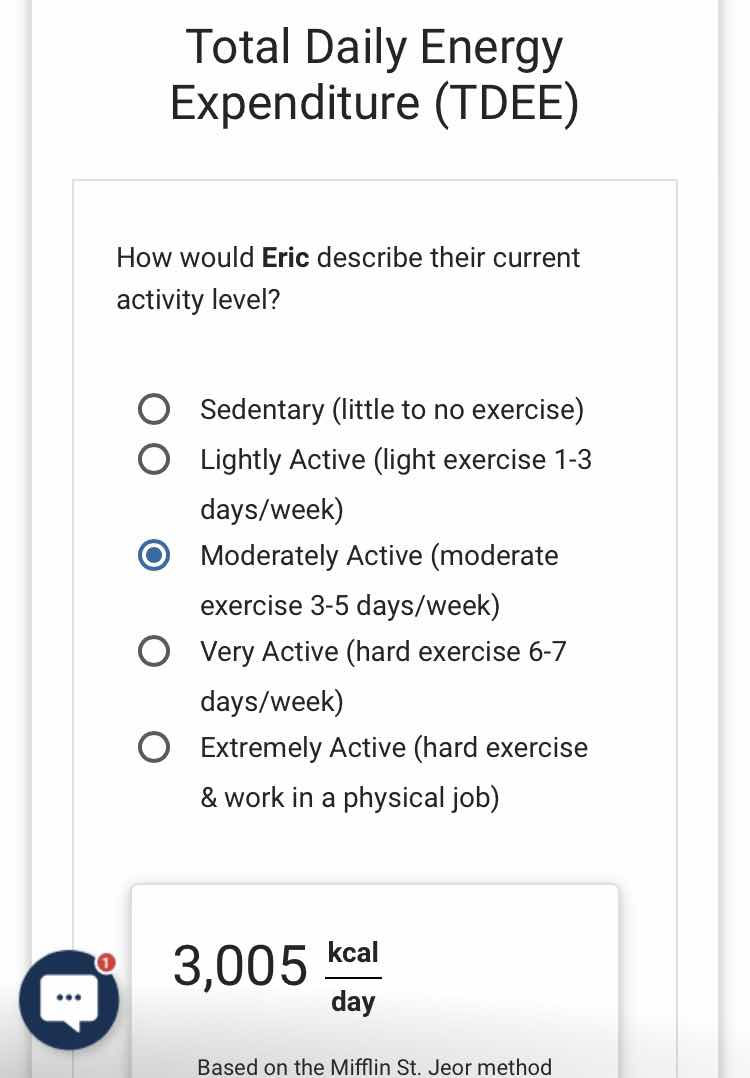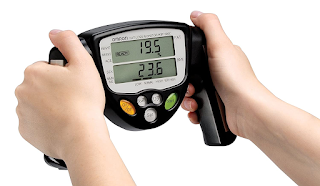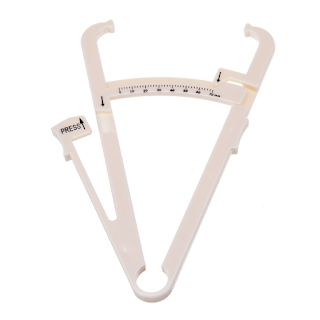
Many weight loss and fitness gurus tell you that you don’t have to track calories in or out. And when you are experienced in these things, you do not have to.
But the average person is not experienced in these matters at all. There is a time and place for you to listen to your body and go with how you feel. A beginner starting a fitness and nutrition program doesn’t fit that scenario. You need data and the more the merrier.
While everyone tells you to simply eat less and exercise more, your body has a specific list of requirements in order for you to safely and effectively reach your goals.
Calculating your calorie requirements is a way to sift through the madness and see what is really going on with you.
There are numerous ways to calculate your calorie requirements. You can go old school and do it by hand using a formula and simple math. Or you can use one of the many online calculators or apps which are readily available.
I like to do mine by hand and then spot check it with an online calculator. I use NASM’s online calculator on their website.
NASM calorie calculator link:
First I find out what my BMR or basal metabolic rate is. Your BMR is the baseline number of caloric requirements which you need to be able to be alive and functioning. I can guarantee you that most people’s BMR is more than 1200 calories.
Here is my BMR. This is what I need to take in just to be alive. I won’t keel over and die if I don’t eat this much. But nothing good will happen if I’m under this amount consistently for any length of time. This is my first requirement.
Then I have to determine my maintenance calories or total daily energy expenditure (TDEE).
 Based upon a moderate activity level, my TDEE or maintenance calories are 3005. This is what I would consume to maintain my present body weight.
Based upon a moderate activity level, my TDEE or maintenance calories are 3005. This is what I would consume to maintain my present body weight.
But say I want to lose 5 pounds or a 3-5 % body fat, in the next certain number of weeks or months, then I have to calculate things based upon that goal.
The calculator then takes into account your desired macronutrient ratio.
Let’s say I’m going to use 40-30-30 for my macros.
I punch that in the calculator and designate a desired goal date. The calculator with then provide me with my “deficit calories” or what I need to cut down to.
So I have to cut my intake down from my maintenance calories of 3005 to 2943. This is a massive 62 calorie drop. - (sarcasm). So now I know what I need to do.
The important part of all this is that I need to know what I’m actually doing right now so I can tell if I need to increase or decrease my caloric intake to reach my designated numbers.
As you can see, this is much more complicated than just “Eat less and exercise more”. And the caloric requirements are way higher than the “1200 calorie diet” my doctor would put me on to lose weight.
Now here is the reality check. I have to track my numbers at least once a week so I have an idea of where I’m at. So after tracking a recent day’s calorie intake, I took in 2150 calories.
This is way lower than my deficit calories of 2943. So I’m already in a deficit that is too big. And, (wait for it…), I have to eat MORE not less to reach my deficit calorie requirements.
That’s what I struggle with daily. Eating enough of the right stuff at the right time is the challenge. Because clean healthy food is rich in nutrients but low in calories. So you gotta eat huge to meet your numbers.
Never starve yourself or suffer on a diet again. Use this information and take charge of your nutrition plan.
Bottom line is that the eat less and exercise more mantra, and the doctor’s 1200 calorie diet, are garbage.
Eat the right amount of the right stuff at the right time in order to reach your desired goal.
Eric Dempsey
MS, NASM Fitness Nutrition Specialist,
NESTA Certified Sports Nutrition Specialist,
NASM Weight Loss Specialist














